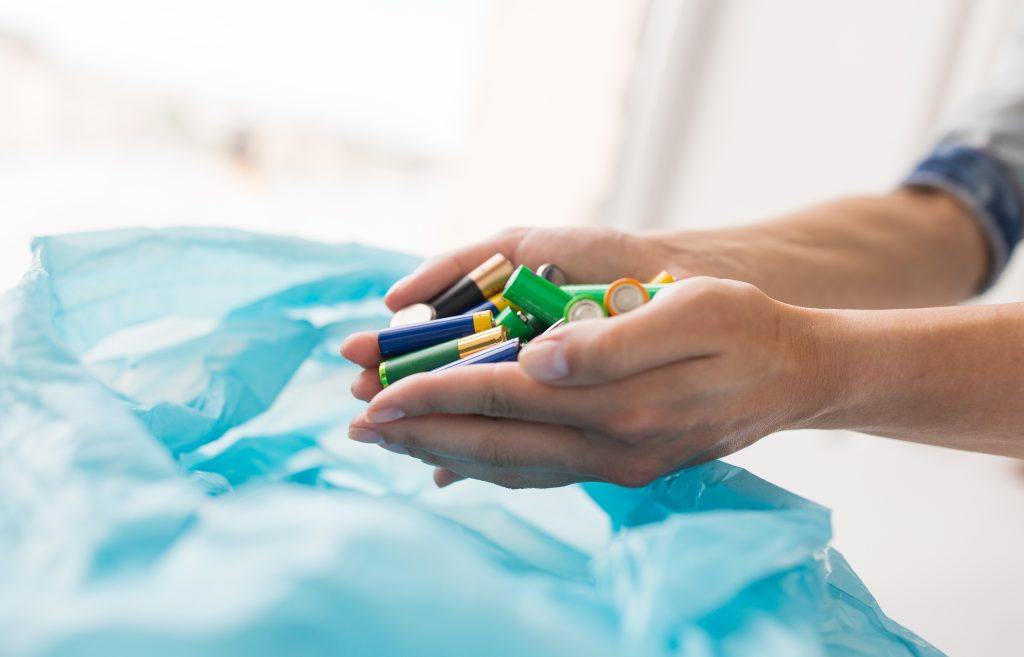Battery Recycling – What You Need to Know
Batteries are categorized as hazardous waste. When it comes to addressing this issue, the best thing to do is to choose reusable batteries over single-use ones. This is an eco-friendly alternative and reduces the environmental pressures on an island like Hawaii and its fragile ecosystems.
Batteries are an inalienable part of our lives. Mobile phones, toys, vehicles, and backup power in hospitals, etc. are just some examples of the manner in which batteries contribute to our lives.
America relies on batteries to accomplish many tasks. Each year, almost 3 million dry cell batteries are sold across America. These are used to run laptops, portable power tools, mobile phones, watches, clocks, and assorted appliances and gadgets.
Batteries generate power from the interaction of an electrolyte with metal. Wet cell batteries are used to power vehicles, boats, etc. Each year, close to 100 million wet cell lead-acid car batteries are manufactured in America. Battery recycling plays an important role in keeping heavy metals and chemicals out of landfills where they could react with the earth and other materials in the landfill to release harmful chemicals into the water and air. Recycling also helps conserve resources.
Incorrect disposal of batteries can result in a leaking of heavy metals such as mercury, lead, cadmium, and nickel into the soil.
Let us learn little more about battery recycling –
Lead-acid car batteries – 9 out of 10 lead-acid car batteries are recycled. Usually, retailers that sell such batteries will accept them for recycling. During the reclaiming process, the metal and plastic components are separated. Plastic is reprocessed to manufacture plastic products. The lead is purified to be used again in new lead-acid batteries. Recycled lead and plastic can comprise up to 80% of a new wet-cell battery.
Lead-based batteries not used in vehicles – Gel-based cell and sealed lead-acid batteries find application in industry. These are used to run industrial equipment, alarms, and emergency lighting. The recycling process is similar to that for automotive batteries.
Dry-Cell batteries – These include alkaline and carbon, zinc, mercuric oxide, silver oxide, and lithium batteries. They are available in sizes that include 9-volt, D, C, AA, AAA, button, and coin. Some dry cells are rechargeable.
Alkaline and Zinc-Carbon batteries – Commonly found in households, these batteries are used in torches, remote controls, and other daily use appliances.
Button-Cell batteries – These find use in applications ranging from hearing aids to watches. Button cell batteries contain mercury, silver, cadmium, lithium, and other heavy metals that should not find their way to landfills.
Rechargeable batteries – Nickel-cadmium, Nickel metal hydride, Lithium-ion, and small sealed lead batteries are the most commonly recycled rechargeable batteries.

